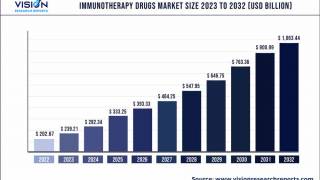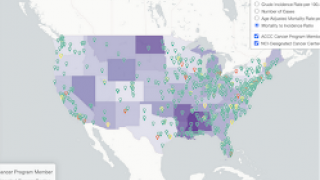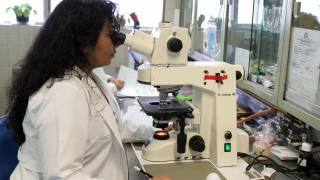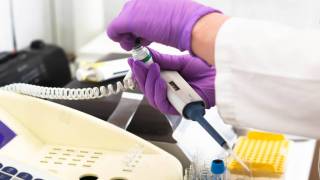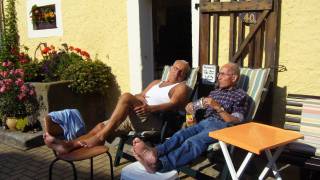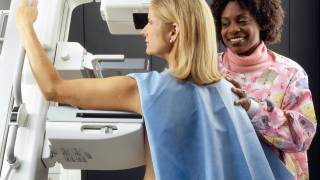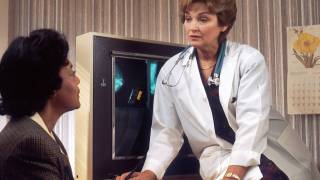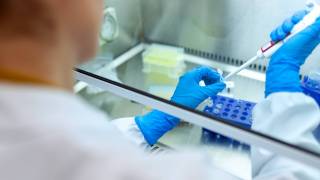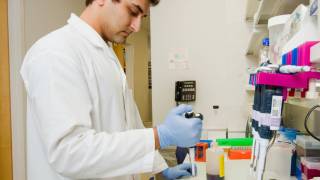Cancer Prevention Vaccinations Increased 55%

A new report presents very positive news about cancer prevention trends in the USA.
This National Health Interview Survey (NHIS) report published on January 7, 2020, indicates vaccinations against the Human papillomavirus (HPV) in the USA continue to increase.
From 2013 through 2018, the percentage of adults aged 18−26 who reported receiving 1 or more doses of an HPV vaccine significantly increased from 22.1 percent to 39.9 percent.
This data indicates a 55 percent increase over 5 years.
In 2018, receipt of one or more doses of an HPV vaccine was highest among women.
Among adults who have ever received one or more doses of an HPV vaccine, women were more likely than men to have received their first dose of HPV vaccine at or before the recommended age of 12.
This trend may be related to the fact HPV vaccination recommendations were issued earlier for girls (2006) compared with boys (2011).
This report’s findings are good news for cancer prevention in the USA.
There are about 33,000 cancers caused by HPV each year, including 12,900 oropharyngeal cancers among men and women, 10,800 cervical cancers among women.
More than 120 types of HPV are recognized and classified by sequences on an outer surface protein of the virus. Most HPVs infect cutaneous epithelial cells, whereas some HPVs infect the mucosal basal epithelium.
Overall, this report found:
- 42.1% of non-Hispanic whites, 36.7% of non-Hispanic black, and 36.1% of Hispanic adults had ever received one or more doses of HPV vaccine in 2018
- Non-Hispanic white women (57.9%) were more likely to have ever received one or more doses of HPV vaccine than Hispanic (48.8%) or non-Hispanic black (44.7%) women,
- Among men, the percentage of adults who had ever received one or more doses of HPV vaccine ranged from 24.7% among Hispanic men to 29.4% for non-Hispanic black men but did not significantly differ by race and Hispanic ethnicity,
For all races and Hispanic ethnicity groups, women were more likely than men to have ever received one or more doses of an HPV vaccine.
There are 3 prophylactic HPV vaccines licensed for use in the United States: Gardasil 9, Gardasil, and Cervarix. As of late 2016, only the 9vHPV Gardasil 9 is distributed in the USA.
As of August 15, 2019, the Centers for Disease Control and Prevention (CDC) routinely recommends HPV vaccination at 11−12 years and can be started as early as age 9.
For those not vaccinated at 11−12 years, vaccination is recommended for all persons through age 26 years. Two HPV vaccine doses, given 6 to 12 months apart, are recommended if the series is started before age 15.
Three doses, to be completed within 6 months, are recommended for those who started vaccination at age 15+.
The CDC says HPV is a common sexually transmitted infection, with HPV acquisition generally occurring soon after first sexual activity. Most HPV infections are transient and asymptomatic.
Most new HPV infections occur in adolescents and young adults.
The persistent infection with high-risk (oncogenic) HPV types can lead to the development of cervical, anal, penile, vaginal, vulvar, and oropharyngeal cancers, usually, after several decades have passed.
Although most sexually active adults have been exposed to HPV, new infections can occur with a new sex partner.
In October 2018, using results from 4vHPV clinical trials in women aged 24 through 45 years, and bridging immunogenicity and safety data in women and men, the Food and Drug Administration expanded the approved age range for 9vHPV (Gardasil 9) use from 9 through 26 years to 9 through 45 years in women and men.
In June 2019, after reviewing evidence related to HPV vaccination of adults, the CDC’s vaccination committee updated its recommendations for catch-up vaccination and for vaccination of adults older than the recommended catch-up age.
Sexually active adults remain at risk for acquiring HPV throughout their lives.
Recent HPV vaccine news
- 25 Studies Supporting HPV Vaccination
- Vaccinate Girls Against Cancer Before Boys
- HPV Vaccination Affirmed as ‘Safe’ Once Again
The cost-effectiveness ratio for the current HPV vaccination program ranged from cost-saving to approximately $35,000 per quality-adjusted life-year gained.
The authors of this report are Peter Boersma and Lindsey I. Black, both with the National Center for Health Statistics, Division of Health Interview Statistics.
Cancer prevention news published by Precision Vaccinations.
Our Trust Standards: Medical Advisory Committee



